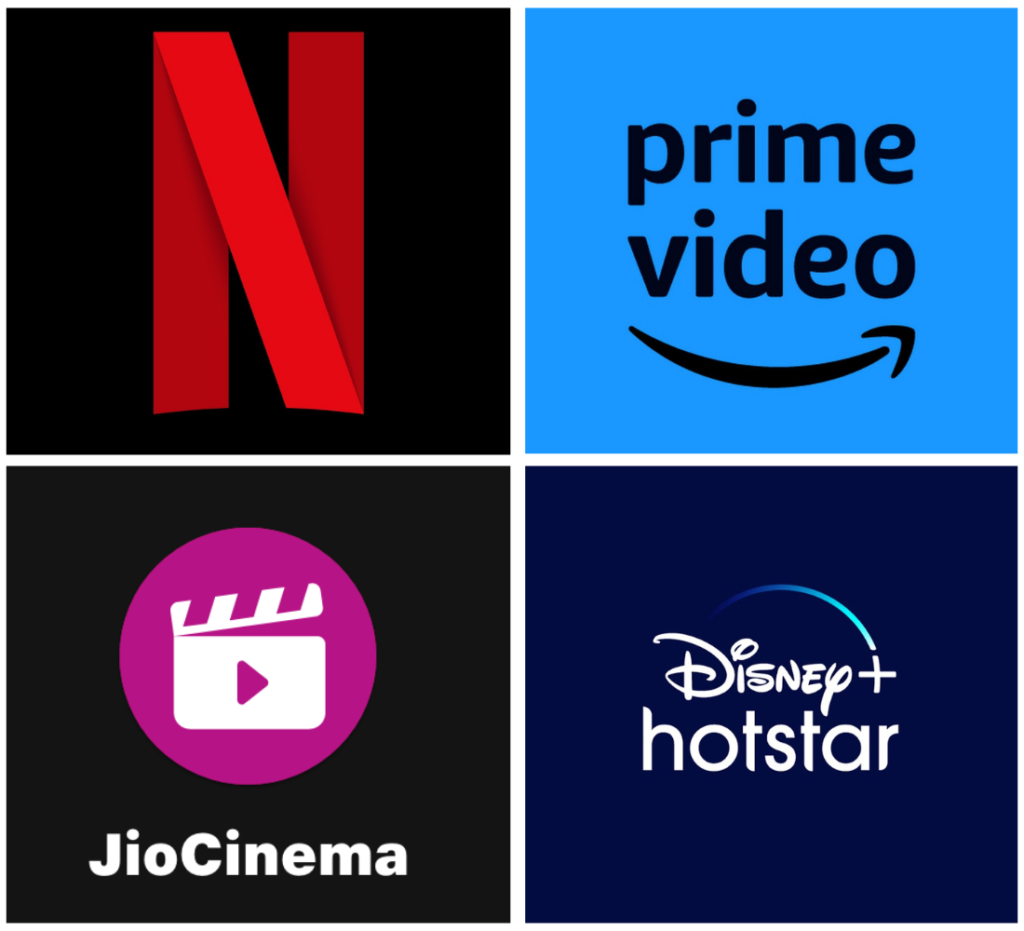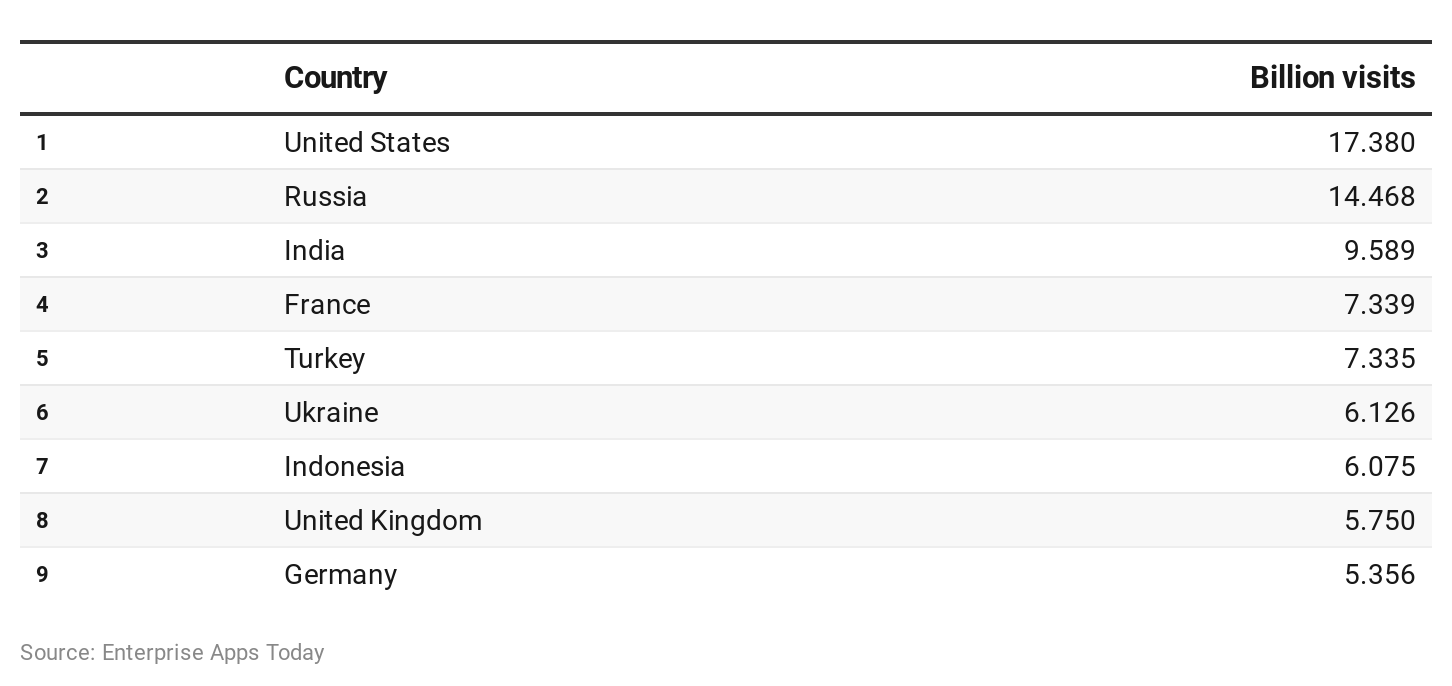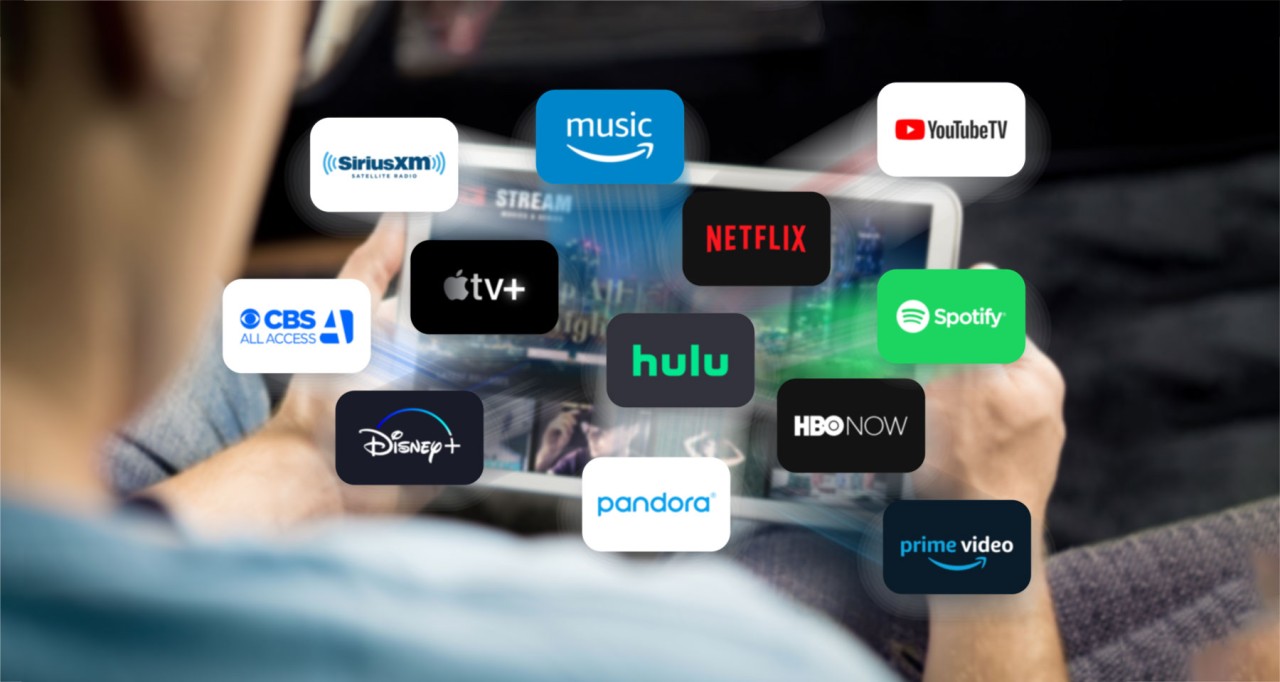Picture this: you start your day with the Premier League highlights from last night on Hotstar. You start working, and after a few hours, during your lunch break, you watch the ‘New Testament’ release on Netflix with your noodles. The day passes by, and you grab dinner with your loved ones while watching the latest stand-up comedy special by Bassi on Prime.
And while on the pot, you want to watch that new Johnny Harris documentary, without ads with YouTube Premium, while he’s funneling the audience to Patreon for the longer versions.
Aside from your bank statements going crazy with repeated subscription payments and new subscription apps popping up that manage your subscriptions, there are some visible but vastly understated effects of having too many OTT products. And no, I’m not talking about finding the right show to watch or an overburdening of choices; I’m talking about something that actively takes away monetary rewards from the people who put blood and sweat into writing, producing, and directing movies and TV shows.
A quick rewind on how OTT decimated piracy
Back in the early 2000s, the decade of the DVD, piracy was tough. People went to great lengths to pirate movies and television, like secretly recording movies in theaters or waiting for hours to tape TV shows. They also had to buy extra storage and risk getting viruses with almost every download.
But now, with everything online, pirates easily grab content and go global quickly thanks to smartphones, easily available internet, and the torrents ecosystem. Viewers can now stream pirated content anywhere, moving from sharing files to just streaming online.
It was famously said by Gabe Newell, the founder and president of the gaming corporation Valve, that piracy is usually a result of problems in service. To be more specific, piracy happens when people find it more convenient to pirate something rather than pay for it. When given an option or service that’s better than the pirated options, people willingly purchase it and are happy to reward the creators behind the products they like. This has been established over a few decades now, and Gabe also mentioned that the best anti-piracy solution is not technology but the convenience of service, which makes the viewer just wonder “Why would I go the illegal route when the legal route is so damn convenient?

So even though people have more options today to pirate their favorite media, piracy has decreased a lot in the last 20 years, and a lot of the credit for this goes to streaming companies and OTT platforms. They essentially solved the problem of availability and convenience: with a small fee, all your desired material would be available in one catalog and you’d be able to contribute to the people who make the films you like.
A significant amount of technological progress has also been made in combating piracy by such companies. Let’s take the case of Netflix. Where they are going wrong and how it’s leading to more piracy will be covered in the next section. But before that, take a look at what they have in their arsenal:
1. Digital Rights Management (DRM): Netflix employs DRM to control how its content is accessed and shared. This involves encrypting content so that only authorized users with the correct decryption keys can view it. DRM mechanisms prevent the unauthorized copying and distribution of Netflix’s shows and movies.
2. Content Watermarking: Netflix embeds digital watermarks in its content, which are unique, invisible markers. These markers can trace the source of unauthorized sharing or copying. When content is pirated, Netflix can identify and take legal action against the individuals responsible.
3. Copyright Enforcement & Legal Actions: To combat piracy, Netflix has a dedicated team that scans the internet for illegal copies of its content. Upon discovering pirated content, Netflix quickly acts to remove it and, if necessary, pursue legal action against those responsible. This proactive stance helps minimize revenue loss and protects intellectual property.
4. Industry Collaboration: Netflix collaborates with other content creators, distributors, and streaming platforms to share knowledge and strategies against piracy. This united front allows for the exchange of best practices and technological solutions to combat piracy more effectively. Collaboration also keeps Netflix updated on the latest piracy trends and countermeasures.
5. Technological Advancements: Netflix continuously invests in the latest technology to enhance its content security and stay ahead of pirates. This includes researching and deploying new forms of encryption and security measures. By staying at the forefront of technology, Netflix can better protect its content from being pirated.
So it looks like piracy doesn’t stand a chance, right? Well, you would have been right had it not been for recent steps taken by streaming services that are causing a producer’s worst nightmare to respawn.
Is Piracy a thing of the past?
Although it’s a unanimous opinion that the golden age of piracy is well past us, it’s experiencing a resurgence lately. From landmark cases like Metallica vs. Limewire to Shepard Fairy being fined for the famous Obama poster, the precedent and sentiment around piracy being bad have been well established. In 2005, the motion picture industry lost more than 18 billion dollars of revenue to piracy.
The present looks vastly different, with OTT subscriptions being the norm rather than shady roadside DVD dealers. But even with widespread adoption, piracy has been increasing in the last few years, with upwards of 140 billion visits to video piracy sites in 2023, and India specifically experiencing an 80% increase in just the last two decades. In the growing list of lists where India should not take pride in being among the top 3, Indian users have given the third highest number of visits to video piracy websites in 2023. And I haven’t even started to talk about the vast Telegram universe.

Any conversation about recent piracy is incomplete without the recent incident of Shah Rukh Khan’s Jawan being leaked a few days before its theatrical release. SRK, who has spoken against piracy even in the past, spoke about respecting the work of producers and giving fair recognition to the creators of films by combating piracy. TV shows and movies are the most affected by piracy, followed by publishing, music, software, games, etc., which is why countless actors in Bollywood as well as Hollywood have spoken out regarding illegal reproduction of visual media.
When the going gets tough, the tough get pirating
For a long time, OTT platforms deserved rightful credit for providing convenience and value compared to torrenting a movie. Finding the right torrent, making it through countless popups and shady download buttons, waiting for the download to complete, then downloading and syncing subtitles, and connecting this to the TV while hoping no malware was downloaded simply cannot compete with pressing “OK” on a Fire Stick remote. Yes, this convenience is exactly what the subscription price is for. But lately, the value is fading away.
To begin with, the prices of OTT subscriptions are rising incrementally, small enough to not be noticeable each time they move, but large enough to be shocking when observed over a few years. Netflix, in particular, has been hiking the prices of its plans every year, even tiering its customers into classes that have no HD and an infamous plan that runs ads even after subscription.
Subscription Fatigue
It is the overwhelming, frustrating feeling of having to manage countless subscriptions to different types of apps. From Google Drive to sophisticated tools like Synthesia and Sora, even existing is becoming more complicated and expensive, let alone being a productive and thriving individual. Part of this comes from existing consumer behavior that tech companies like to replicate, and part of it comes from poorly thought-out subscription models that venture capital encourages because it is easily scalable and repeats every month. Anyway, back to the topic at hand: more and more apps and services are providing subscription plans to watch the hosted content. Platforms like Hotstar and JioCinema offer some free content, while the user must subscribe to watch exclusive and licensed content. The average viewer now has to pay for and manage subscriptions to platforms like Netflix, Prime, Disney+ Hotstar, Hulu, HBO, Zee5, Curiosity, Sony Liv, Apple TV, and so forth. That’s both a burden on the wallet and the mind.

On top of that, most of the time, viewers aren’t even interested in the entire catalog of an OTT platform. They arrive at the website just to watch that one show they are interested in, but they have to pay the entire monthly fee to have access to content they are not even looking forward to. This causes a lot of frustration, and users tend to resort to password sharing, which is another thing OTT is trying to crack down on, along with limiting the number of profiles and screens per user as if running ads on a paid plan was not enough. It’s no wonder someone would prefer downloading their favorite show from a torrent instead of paying for the subscription.
OTT’s losses are Piracy’s gains
It’s quite ironic, frankly, that streaming and OTT are causing the same problems they were created to solve back in the late 90’s. Back when cable TV was mainstream entertainment, households paid a monthly fee to cable operators for a set package of channels. Besides, there were limitations of not being able to pause or rewind a movie, enduring ads, and the absence of subtitles. If you desire access to a particular channel for a specific show, you’d have to drop a request, pay an additional fee, and wait for days for the channel to be added to your plan.
At the time, Netflix came with “pay a monthly charge and just have access to everything all the time”. Gradually, more and more companies were created to cash in on the streaming hype, and content licensing wars began. Resulting in the situation today where you have to keep paying for the services you don’t even use properly, for catalogs that are constantly depleting in both quality and quantity.
“The streaming industry has to converge towards a system where consumers can watch pretty much everything they like for an affordable price,” TorrentFreak editor Ernesto Van der Sar said. “That sounds straightforward, but in an industry that’s built around licensing silos with billions in revenue at stake, that’s easier said than done.”
This is further worsened by restrictions imposed by geography and law. There are several occasions where a movie is available on a platform but specifically banned for your country. In countries like Saudi Arabia, entire shows and sequences have been restricted and censored. In a scenario like this, what other option is left apart from resorting to piracy?
While OTT platforms offer ease of use, this convenience comes at a cost. Issues like Subscription fatigue, the absence of diverse content, and the frustration of paying for unnecessary subscriptions are giving rise to piracy. It’s time for OTT to address these challenges to ensure a piracy-free future for the entertainment industry.



